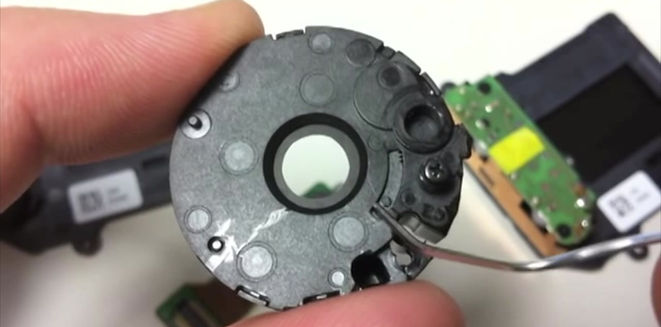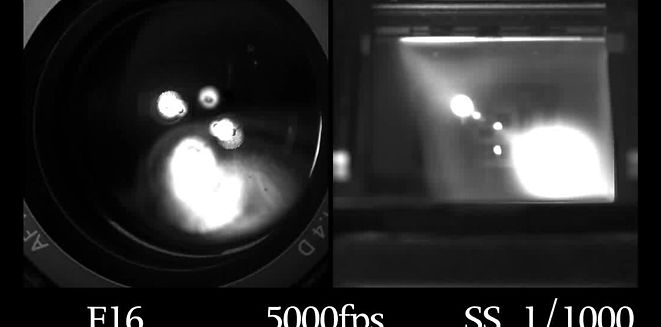Basic Photography Knowledge
What you need to know to begin your photography journey
Reading time:
Brief History
Have you ever wonder about the invention of photography? How it all started? Why they name it photography?
The word 'photography' is a combination of the Greek root words 'photo' meaning light, and 'graphia' meaning writing or drawing. Thus, 'photography' literally means writing or drawing with light. Light is the main component that makes a photograph. Before photography, noble families have their portrait drawn by painters. It is a long and expensive process. In the mid-1700s, many people could not afford to pay a portrait artist to paint their likeness, but they could afford shadow portraits (silhouettes). The term silhouettes came from the name of the man who discovers the method to project shadows, Étienne de Silhouette. This inexpensive alternative to a painted portrait became increasingly popular in the mid-1700s.
The method of projecting shadow into a media is then developed further into a device called camera obscura. Essentially, camera obscura is an apparatus that lets light through a small opening (pinhole) on one side and projects a reversed and inverted image on the other. Initially, artists will trace the image projected to copy it. After the advancement of chemistry, Joseph Nicéphore Niépce came up with the idea of using a petroleum derivative called "Bitumen of Judea" to record the projected image. Bitumen hardens with exposure to light, and the unexposed bitumen could then be washed away. This new way of recording images then takes off with lots of refinements and improvements to this date.

Device for Drawing Silhouettes
Image source: https://drawingmachines.org/

Camera Obscura
Image source: https://www.matrise.no
Photography Basics
Photography is essentially a process of capturing the light to create an image. A light-sensitive media (film for analog photography or digital sensor for digital photography) rendered the image based on the light exposed to it. The camera fundamentally serves as a tool to control the amount of light that reaches the light-sensitive media. The goal is to get the right amount of exposure to render the image. There are three main components to regulate the light exposure to produce an image: Aperture, Exposure Time, and Light Sensitivity (ISO/ASA).
Aperture
Aperture controls the amount of light passing through the lens. It works similarly to the pupil in our eyes. A set of blades located inside the lens changes the opening to calibrate the amount of light passing. It's quite similar to the way a faucet works. The bigger it opens, the more water will flow through it. The aperture is measured with the term F-stop. It signifies the diameter of the opening relative to the diameter of the lens. A larger F-number represents a smaller aperture opening (ex: F/1.4 has a larger aperture opening compared to F/11).
Exposure Time
The media, whether it's film or digital sensor, will react with the light exposed to it. The duration of the exposure will affect the image rendition. The goal is to have the proper amount of light with sufficient exposure duration for the media to render the image. To put it in a similar analogy, we fill up a bucket with a proper amount of water flowing through the faucet with sufficient duration to avoid both overflow and under supply. The camera controls exposure duration with a shutter, which will opens and closes as we press the shutter button. The exposure duration is measured in seconds (ex: 1 sec, 1/60 of a sec, 1/500 of a sec, etc.).
Light Sensitivity (ISO/ASA)
On top of regulating the light exposure, we can also set the sensitivity of the media to capture the light. In analog photography, photographers can choose the type of film to manage light sensitivity. With the advancement of technology, a digital camera can electronically adjust the sensitivity. With more light sensitivity, the media can create image rendition with less exposure. Contrary, the media with less light sensitivity will require more light exposure to create the image rendition. Following the water analogy, comparing media sensitivity is quite similar to comparing tissue paper and cardboard in absorbing water. Given the same amount of water, tissue paper will be able to draw in more water compared to cardboard. The international standard term used to measure sensitivity is ISO (ASA for film or DIN in Europe). A larger ISO represents greater sensitivity (require less light).

Lens Aperture

Camera Shutter

Slow Motion of Capturing Process
Understanding Exposure
The light condition around us is changing all the time. We might not notice it because our eyes can automatically adjust the pupil (similar to the aperture) to adapt to the changing light situation. Back then, photographers need to use their intuitions to assess the light condition and put the proper settings on their cameras. The invention of light meters change everything. Modern cameras are equipped with a light meter to help photographers effortlessly assess the lighting condition. Typically, the camera will display metering with three distinct areas: underexposed, properly exposed, and overexposed. With the metering information, photographers can then decide on how they want to create the photograph by adjusting the aperture, exposure time, and light sensitivity (ISO) to achieve the desired exposure.

Image on the left: Example of exposure metering display on camera
Image on the right: How aperture, shutter, and ISO affect exposure
Underexposure
Proper Exposure
Overexposure
Depth of Field
Text to be updated

Aperture and depth of field relationship: Text here
Capturing Motion
Text to be updated

Shutter speed effects on moving object: Text here
Be Creative And Break Some Rules
No matter what you do, do something different. I always seek to challenge myself and do something out of the ordinary. The whole point is to deliberately change my perspective so I can go back to my regular work with fresh ideas. It change the way I see things. Things that I don't even really notice. Getting out of my comfort zone through photography taught me to be friends with discomfort, both physically and mentally. Lay low on the ground, get myself wet and dirty. Approach a stranger and be comfortable with it. Staying in my comfort zone won't give me what I want. I would never have discovered that there is beauty in everything. Stepping outside the comfort zone has always produced growth.

Silhouette: Text Here
Text here